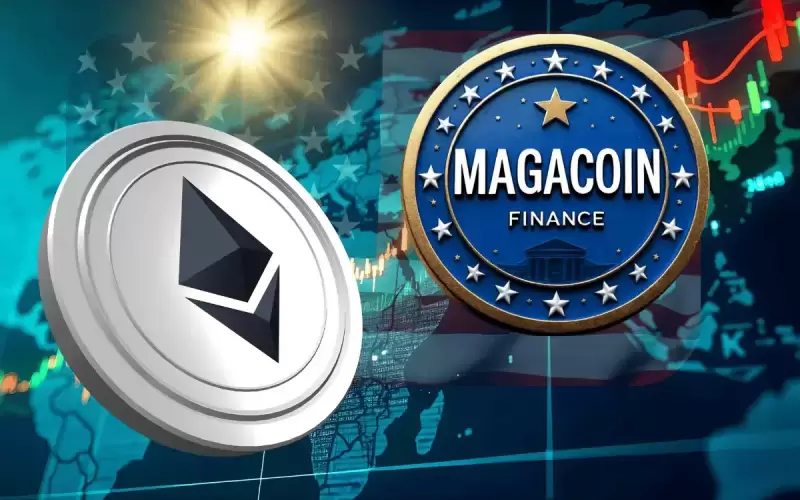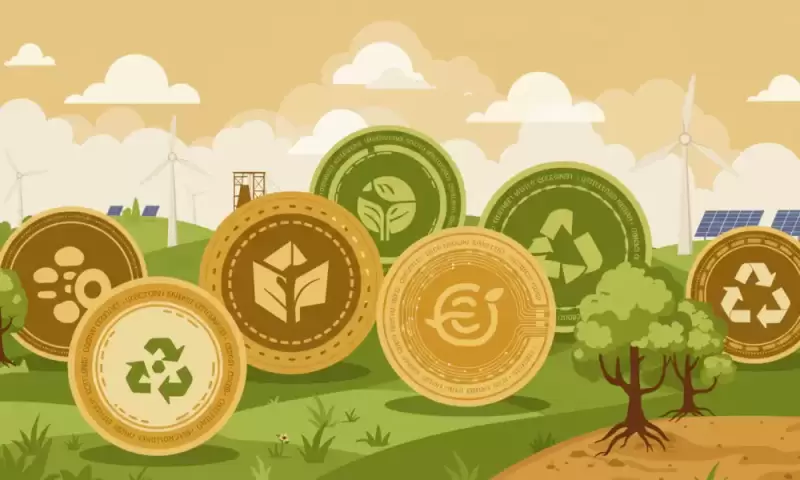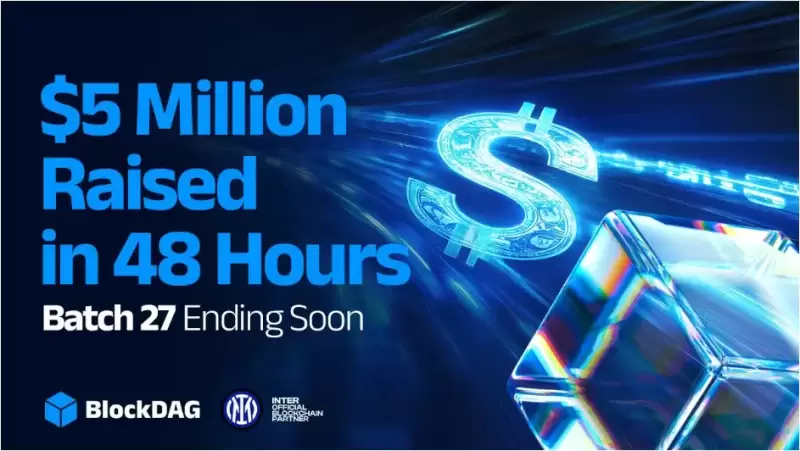 |
|
 |
|
 |
|
 |
|
 |
|
 |
|
 |
|
 |
|
 |
|
 |
|
 |
|
 |
|
 |
|
 |
|
 |
|
Cryptocurrency News Articles
Ripple's Technology and Its Impact on the Financial World
Jan 23, 2025 at 04:01 pm
Ripple is often lauded for its innovative approach to solving one of the most pressing issues in the financial world: cross-border payments.
Ripple's technology is designed to address the challenges and inefficiencies associated with cross-border payments. At the core of Ripple's solution are three key components: RippleNet, XRP, and the XRP Ledger (XRPL). Together, these elements create a fast, low-cost, and scalable network for global payments.
1. RippleNet: A Network for Global Payments
RippleNet is a decentralized payment network that connects banks, payment providers, and other financial institutions. It facilitates fast and cost-effective cross-border transactions, enabling payments to be processed instantly and at a fraction of the cost compared to traditional methods.
Unlike the typical financial system, which involves multiple intermediaries and can take days to complete international payments, RippleNet offers a direct peer-to-peer network. Its key differentiator is the ability to provide real-time settlement without the need for an intermediary bank or clearinghouse, reducing transaction costs and increasing speed.
2. XRP: The Digital Asset for Liquidity
While RippleNet provides the infrastructure for fast and secure cross-border payments, XRP plays a central role in ensuring the liquidity necessary for these transactions. XRP is the native cryptocurrency of the XRP Ledger and serves as the bridge currency for transactions conducted on RippleNet.
Ripple utilizes XRP in its On-Demand Liquidity (ODL) product, which enables financial institutions to conduct international transfers without needing to pre-fund accounts in foreign currencies. By using XRP as a bridge currency, Ripple can provide liquidity on-demand, allowing for real-time settlement of transactions at a fraction of the cost and time traditionally required by banks.
3. XRP Ledger (XRPL): The Blockchain Behind Ripple
The XRP Ledger is the underlying blockchain technology that powers Ripple's payment network and the XRP token. It is a decentralized, open-source blockchain designed with a focus on speed, scalability, and security.
Unlike other blockchain networks such as Ethereum, which rely on proof-of-work or proof-of-stake consensus mechanisms, the XRP Ledger uses a Unique Node List (UNL) consensus protocol, making it both fast and energy-efficient.
Disclaimer:info@kdj.com
The information provided is not trading advice. kdj.com does not assume any responsibility for any investments made based on the information provided in this article. Cryptocurrencies are highly volatile and it is highly recommended that you invest with caution after thorough research!
If you believe that the content used on this website infringes your copyright, please contact us immediately (info@kdj.com) and we will delete it promptly.
-

- Ethereum (ETH) Shows Signs of Recovery, But Faces Resistance at $2,000
- Apr 03, 2025 at 01:45 pm
- ETH is currently trading at $1,901, with analysts pointing to a potential bull run if the asset can reclaim key resistance levels. The Relative Strength Index (RSI) is signaling a possible reversal, while trading volumes are climbing—suggesting an increase in buying pressure.
-

-

-

- The internet is currently experiencing a storm of Ghibli-style AI-generated images.
- Apr 03, 2025 at 01:40 pm
- When ChatGPT announced this, the company also did not expect an overwhelming response. But, the other side of the coin is that many digital activists are raising privacy concerns over the same.
-

-

-

-

-





























































